Stainless Steel Suppliers
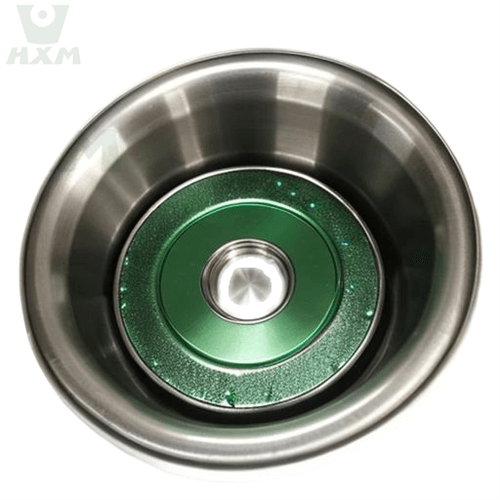
Does stainless steel turn green?
Have you ever noticed a greenish tint on your stainless steel jewelry or appliances and wondered if it’s a sign of damage or corrosion? Let me tell you a story about a homeowner who noticed green spots on their stainless steel kitchen sink and became concerned. They thought they had purchased a low-quality product that was already showing signs of wear and tear. However, after doing some research, they learned that the greenish tint is not a sign of damage but rather a harmless and natural occurrence caused by oxidation.
So does stainless steel turn green?
Yes, stainless steel can turn green due to oxidation. This happens when the protective layer of chromium oxide on the surface of the steel reacts with oxygen and moisture. The greenish tint is typically harmless and can be removed with cleaning. However, prolonged exposure to moisture and acidic substances can cause more serious corrosion and damage. Proper maintenance and care can help prevent stainless steel from turning green.
In this article, we’ll explore the science behind why stainless steel can turn green and what you can do to prevent it. Let’s dive in and uncover the truth about stainless steel and its green tint.
—— By sino-stainless-steel suppliers
What causes stainless steel to turn green?
Stainless steel is known for its resistance to rust and corrosion, but it can still turn green under certain conditions. This greenish tint is caused by a process called oxidation, which occurs when the chromium oxide layer on the surface of the steel reacts with moisture and oxygen. The resulting chemical reaction produces a greenish hue on the metal’s surface.
The most common cause of stainless steel turning green is exposure to moisture and oxygen. This can occur in humid environments, outdoor settings, and in areas with poor ventilation. The green tint can also be caused by exposure to acidic substances, such as vinegar or lemon juice.
To prevent stainless steel from turning green, it’s important to keep the metal dry and clean. Regular cleaning with mild soap and water can help remove dirt and debris from the surface of the steel. Additionally, it’s recommended to avoid using abrasive cleaners or harsh chemicals, as they can damage the protective layer on the metal. —— By sino-stainless-steel suppliers
Is the green tint on stainless steel harmful?
The green tint that can form on stainless steel is generally not harmful to humans. It is simply a cosmetic issue caused by oxidation of the metal’s surface. However, if the green tint is accompanied by rust or other signs of corrosion, it can indicate a more serious problem with the metal.
It’s important to note that the green tint can also be caused by exposure to certain chemicals, such as copper or brass. In these cases, the green tint may be accompanied by other symptoms, such as skin irritation or respiratory problems.
To prevent the green tint from forming on stainless steel, it’s recommended to clean and dry the metal regularly. This can help remove any moisture or dirt that can contribute to oxidation. Additionally, it’s important to avoid exposure to acidic or corrosive substances that can damage the metal’s protective layer. —— By sino-stainless-steel suppliers
How do you remove green stains from stainless steel?
To remove green stains from stainless steel, it’s important to start with a mild cleaner and work your way up to stronger solutions if necessary. Begin by wiping the surface of the metal with a soft cloth and warm water. If this does not remove the stain, you can try using a mixture of vinegar and baking soda.
For more stubborn stains, you may need to use a stronger cleaner, such as a commercial stainless steel cleaner or a mixture of ammonia and water. Be sure to read the instructions carefully and wear gloves and protective eyewear when using these products.
It’s important to note that abrasive cleaners and steel wool should be avoided when cleaning stainless steel, as they can damage the metal’s surface and leave it more susceptible to corrosion. —— By sino-stainless-steel suppliers
Can stainless steel jewelry turn your skin green?
Stainless steel jewelry is generally considered safe for most people to wear, as it is hypoallergenic and does not contain nickel, a common allergen. However, some people may experience skin discoloration when wearing stainless steel jewelry, including a greenish tint.
This green tint is typically caused by a reaction between the metal and the wearer’s skin, and can be more common in people with sensitive skin. It is generally not harmful, but can be unsightly and may indicate an allergic reaction.
To prevent skin discoloration when wearing stainless steel jewelry, it’s important to keep the metal clean and dry. Avoid wearing the jewelry in the shower or pool, and remove it before exercising or sleeping. If you experience skin irritation or discoloration, stop wearing the jewelry and seek medical advice.
—— By sino-stainless-steel suppliers
Does the green tint on stainless steel indicate corrosion?
The green tint on stainless steel can indeed indicate corrosion, but not always. The greenish color that sometimes appears on stainless steel surfaces is a phenomenon known as “tea staining” or “surface corrosion.” It is caused by exposure to the environment, such as moisture, salt, and pollution. Tea staining does not necessarily compromise the structural integrity of stainless steel, but it can be unsightly and difficult to remove. It is important to note that tea staining is not the same as rust, which is a sign of more severe corrosion and can lead to structural failure.
Can stainless steel turn green in chlorine or saltwater?
Stainless steel can turn green in the presence of chlorine or saltwater. Chlorine is a strong oxidizer that can cause surface corrosion on stainless steel. Saltwater can also cause surface corrosion, especially in marine environments where the salt content is high. The best way to prevent stainless steel from turning green in these environments is to choose the right grade of stainless steel and maintain proper cleaning and maintenance practices. —— By sino-stainless-steel suppliers
Are some types of stainless steel more prone to turning green?
Yes, some types of stainless steel are more prone to turning green than others. For example, 300 series stainless steel, which contains a higher amount of nickel, is more resistant to corrosion and less likely to turn green. On the other hand, 400 series stainless steel, which contains a higher amount of carbon, is more prone to corrosion and tea staining. It is important to consult with carbon steel suppliers to determine the best type of stainless steel for your specific application to minimize the risk of corrosion and tea staining. —— By sino-stainless-steel suppliers
How do you prevent stainless steel from turning green?
Preventing stainless steel from turning green requires proper cleaning and maintenance practices. Regular cleaning with mild soap and water, followed by drying with a soft cloth, can help prevent tea staining. Additionally, using protective coatings, such as paint or powder coating, can help prevent corrosion in more corrosive environments. Choosing the right grade of stainless steel for your application is also important to minimize the risk of corrosion and tea staining. —— By sino-stainless-steel suppliers
Can you use bleach to clean green stains off stainless steel?
Bleach should not be used to clean green stains off stainless steel. Bleach is a harsh chemical that can cause surface corrosion and discoloration on stainless steel. Instead, it is recommended to use a mild cleaner and a non-abrasive scrubbing pad to gently remove green stains. If the green stains are particularly stubborn, specialized stainless steel cleaners or polishes can be used to restore the surface. —— By sino-stainless-steel suppliers
How do you know if the green tint on stainless steel is permanent or temporary?
The green tint on stainless steel is usually temporary and can be removed with proper cleaning and maintenance practices. However, if the green tint is the result of severe corrosion, such as rust, it may be permanent and indicate structural damage. In this case, it is recommended to consult with a professional to determine the extent of the damage and the best course of action. Regular inspection and maintenance of stainless steel surfaces can help prevent severe corrosion and ensure the longevity of the material.
—— By sino-stainless-steel suppliers
Conclusion
In conclusion, stainless steel is a popular and durable material used in various industries and applications. However, it can turn green due to a variety of reasons, such as exposure to chlorine or saltwater, lack of maintenance, or the presence of certain chemicals. While the green tint itself is not harmful, it can indicate corrosion or other issues that may compromise the integrity of the material.
On the other hand, carbon steel is a strong and versatile material commonly used in construction, manufacturing, and other industries. While it may not be as corrosion-resistant as stainless steel, it can be a more cost-effective option for certain applications. When looking for carbon steel suppliers, it is important to choose a reputable and experienced supplier to ensure the quality and reliability of the material.
In terms of cleaning and maintenance, it is important to follow proper procedures and use the appropriate cleaning products to prevent damage or discoloration. For stainless steel, avoiding exposure to certain chemicals and regularly cleaning with mild soap and water can help prevent green tint and other issues. For carbon steel, proper coating or treatment can help prevent corrosion and extend the lifespan of the material.
Overall, understanding the properties and maintenance requirements of stainless steel and carbon steel can help ensure their longevity and effectiveness in various applications.
—— By sino-stainless-steel suppliers
Get A Free Quote
Table of Content
Related Posts
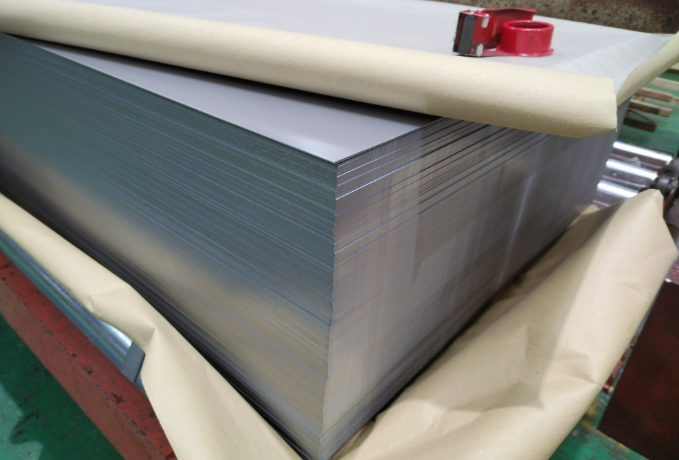
Protective Measures for Stainless Steel in Water Environments
Stainless steel, as an extensively utilized alloy material, finds applications across numerous working scenarios. However, it is crucial to emphasize that when stainless steel is
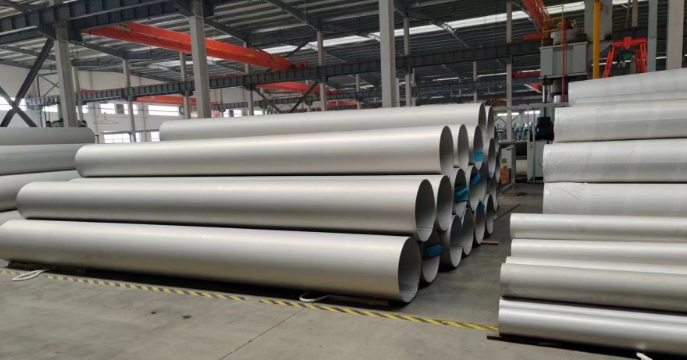
Performance Characteristics and Applications of 303 Stainless Steel
303 stainless steel, as a type of stainless steel containing sulfur and selenium, not only exhibits high machinability and resistance to high-temperature sticking but also
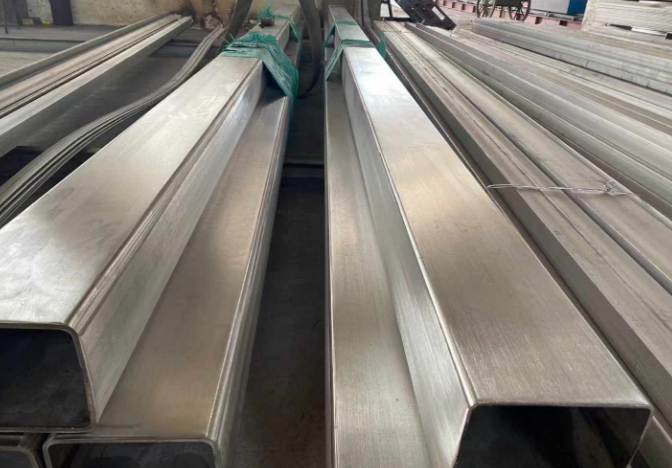
Properties, Characteristics and Applications of 416 Stainless Steel
As an outstanding martensitic stainless steel, 416 stainless steel boasts a unique chemical composition that endows it with superior magnetic properties, good corrosion resistance, ease
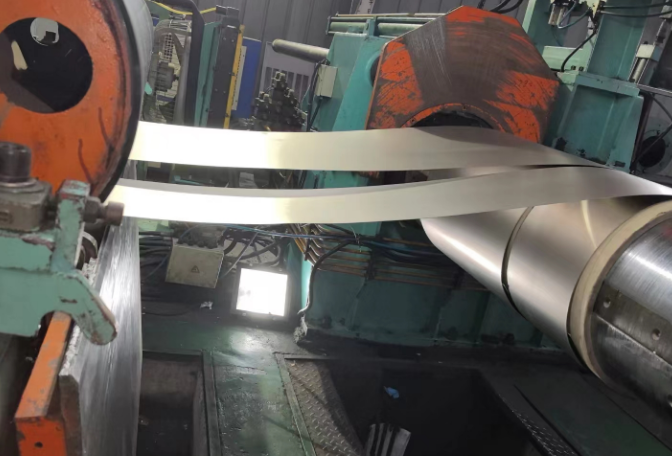
Advantages of Hot Rolling Process in Stainless Steel Manufacturing
Stainless steel, a ubiquitous metallic material, finds extensive applications across various sectors such as construction, food processing, and healthcare. Enhancing the reliability and durability of
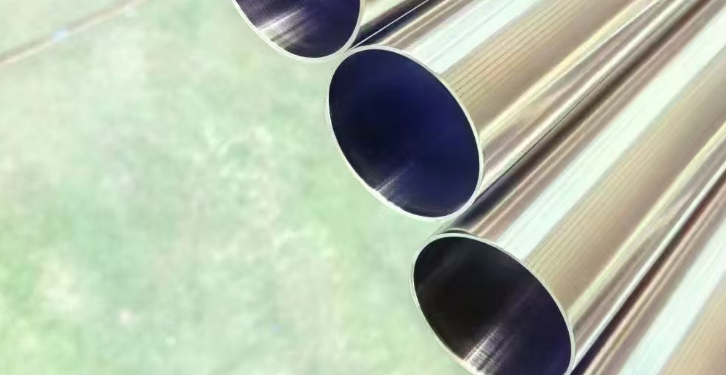
5 Methods to Enhance the Strength of Austenitic Stainless Steel
Stainless steel, as a crucial and widely utilized steel type, enjoys extensive applications in civil and industrial sectors due to its high corrosion resistance, excellent
 :+86-13012867759
:+86-13012867759  :export86@sino-stainless-steel.com
:export86@sino-stainless-steel.com